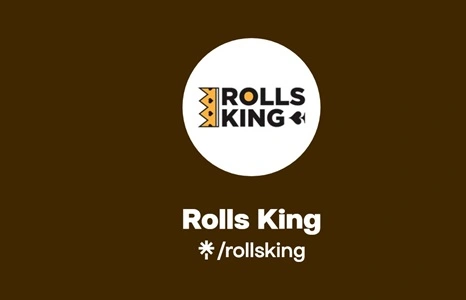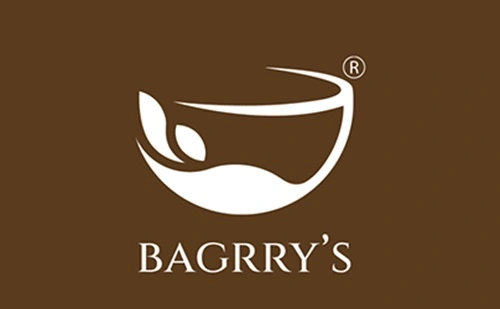You might have seen how people in India are more drawn towards things that are actually made right here on the land of the Indian subcontinent. Right? Well, there is a good reason for that too, like more manufacturing happening in India means more boost to the overall economy. And yeah, after all, products with a made-in-India tag or stamp are much better than those made somewhere else in the world. So, if you wanna know which are the top companies or brands that are always up for “Made In India” products, then keep on reading because here we will be taking a good look at the Top 10 Made In India Brands in 2024. Here we go.
List of Made In India Brands
1. Bharti Airtel
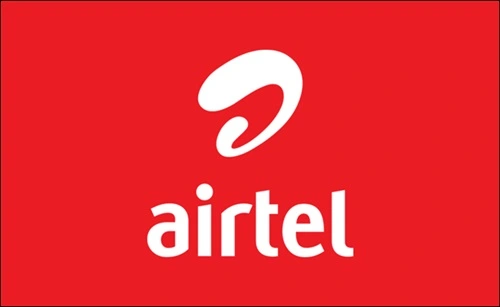
You might not know this, but Bharti Airtel, a significant name in telecommunications, started its journey in 1995, founded by Sunil Mittal. It’s not just any company though, it’s a major player spanning 18 countries in South Asia and Africa, all managed from its headquarters in New Delhi.
- Market Cap: 5.94 trillion INR
- Number Of Employees: 67,774
- Revenue: 1.4 lakh crores INR
Today, Bharti Airtel is synonymous with mobile services, broadband, and even satellite TV. But it all began in 1984, when Sunil Mittal first started assembling push-button phones in India, marking a turning point in the Indian telecom sector. Airtel, proudly representing the “Made in India” initiative, has played a pivotal role in connecting millions in India to mobile and internet services. Despite some financial setbacks, Airtel’s customer base is on the rise, driven by the growing adoption of 4G and 5G services.
2. Royal Enfield
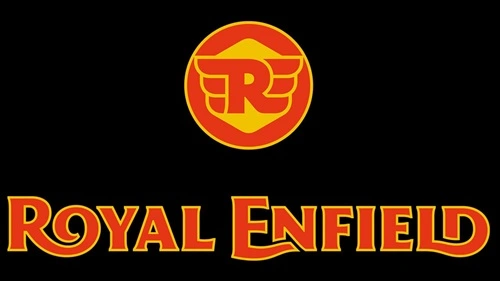
Royal Enfield, is a name that resonates with classic bike enthusiasts, isn’t it? With its roots tracing back to 1901, it originated in Britain but truly made its mark in India, becoming an integral part of the country’s cultural fabric. The journey began when Bob Walker Smith and Albert Eadie took over George Townsend & Co. in 1891, later evolving into Enfield Manufacturing Company Ltd. However, it was in 1949, with Madras Motors importing these motorcycles, that Royal Enfield’s story in India began.
- Market Cap: Rs 1.07 Lakh Cr
- Number Of Employees: 10,001 to 50,000
- Revenue: 8,965 crores INR
Known for their rugged reliability, these bikes have captured the hearts of a diverse audience. While staying true to its classic heritage, Royal Enfield hasn’t shied away from innovation though. They have introduced new models like the Himalayan, Meteor 350, and Super Meteor 650, catering to various riders’ preferences.
3. Lakmé
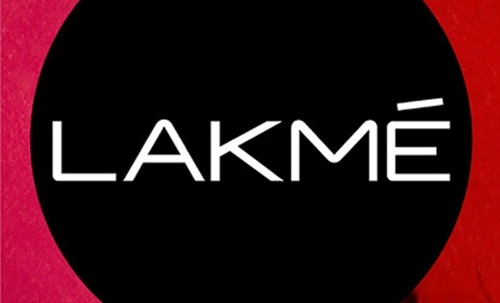
Lakmé is India’s pioneering cosmetic brand, established in 1952 by JRD Tata, and influenced by Prime Minister Jawaharlal Nehru. The brand was created with the dual purpose of saving foreign exchange and providing Indian women with beauty products tailored to their needs. Lakmé, named after a French opera, symbolizes a fusion of diverse cultures and beauty ideals. Under the leadership of Simone Tata in 1961, Lakmé grew into a household name.
- Market Cap: 6.02 Lakh Cr INR
- Number Of Employees: 1036
- Revenue: Rs 328 crore
The brand has been at the forefront of developing skincare and makeup products that align perfectly with Indian skin tones and climatic conditions. Within the makeup market of the country, Lakmé is by far the top and best brand that is all about promoting “Made in India” beauty products in the Indian market.
4. Tata Motors
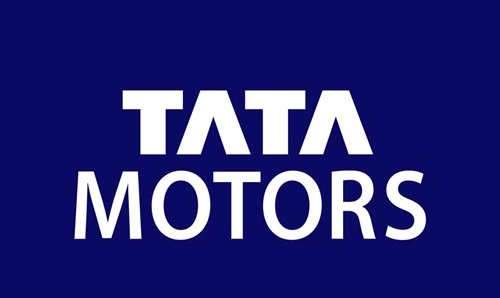
Started way back in 1945, Tata Motors was initially known as Tata Engineering and Locomotive Co. Ltd. (TELCO). The founder, Jehangir Ratanji Dadabhoy Tata, clearly had a vision far ahead of his time. Today, Tata Motors isn’t just another company in the automotive industry. They’re into everything, from your regular cars to luxury vehicles and even hefty commercial ones. They’ve also got their hands in the automotive parts sector. Their story is simply a journey of innovation and significant growth. Beginning as a locomotive manufacturer, they shifted gears in 1954, partnering with Daimler-Benz to enter the commercial vehicle market. And they truly made their mark!
- Market Cap: 2.59 trillion INR
- Number Of Employees: 59,000
- Revenue: 3.51 lakh crores INR
Who doesn’t remember the Tata Sierra, Tata Sumo, and the iconic Tata Indica? Among all the other vehicle manufacturers in the country, Tata Motors is by far the best known for the top-notch quality of vehicles that seem to never break down on the road.
5. Amul
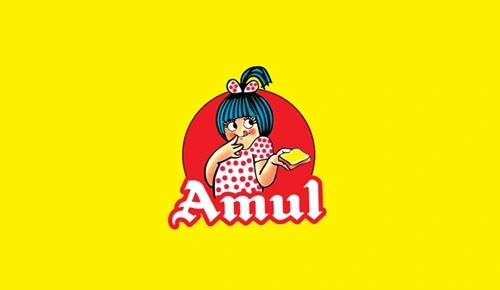
Now, onto Amul. It all started in 1946 in Gujarat and stands for Anand Milk Union Limited. It’s more than just a company though, it is practically a movement, collectively owned by 3.6 million milk producers. The name, derived from ‘Amulya’, meaning ‘priceless’ in Sanskrit, aptly reflects its importance in India’s dairy industry. This brand is all about empowerment and innovation. It was founded by Tribhuvandas Patel, with support from Sardar Vallabhbhai Patel, the first Deputy Prime Minister of India.
- Market Cap: N/A
- Number Of Employees: 1,000 (officers and employees) 3.6 million (milk producers)
- Revenue: 52,000 crores INR
Then there’s Dr. Verghese Kurien, the ‘Milkman of India’. His efforts, particularly the White Revolution, have propelled India to a leading position in the global milk and dairy product market. Amul represents how local initiatives can successfully drive a business and significantly contribute to the economy.
6. ITC
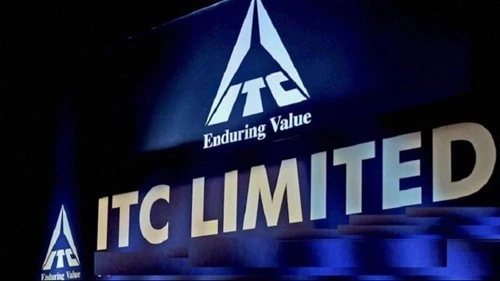
ITC’s story began in 1910 as the Indian Tobacco Company, starting as a small operation in Kolkata. Today, they’ve grown into a giant in various sectors such as FMCG, hotels, paperboards, packaging, agri-business, and IT. In 1975, they made a pivotal move into the hotel business by acquiring a hotel in Chennai, renaming it ‘ITC-Welcomgroup Hotel Chola’. This move marked a shift towards broader national value creation, foreign exchange earnings, and job creation too.
- Market Cap: 5.61 trillion INR
- Number Of Employees: 23,829
- Revenue: 48,151 crores INR
As a “Made in India” label, ITC has been instrumental in the country’s economic development. They have a presence in everything from your morning tea to luxurious hotel stays. But their focus isn’t just on financial growth though. Today, ITC is still leading the charge in the Indian market, emphasizing a sustainable, inclusive, and greener future.
7. Louis Philippe

That high-end men’s wear brand, Louis Philippe, kicked off its journey in India in 1989. Yeah, it’s a part of the big Aditya Birla Group, named after King Louis Philippe of France, known for his royal taste. It’s all about sophistication, class, and embracing luxury. Since its inception, it’s grown quite a bit, carving a name for itself in Indian apparel. Their range? Oh, it’s vast, covering everything from formals, luxury wear, casuals, and semi-formals, to even denim.
- Market Cap: N/A
- Number Of Employees: 1,001 to 5,000
- Revenue: ₹2,874.76 crore
And here’s the thing, as a “Made in India” brand, Louis Philippe has played a pivotal role in sculpting men’s fashion across the nation. They’re the trendsetters who introduced top-notch, stylish formal and casual wear in the Indian market. Not to overlook though, they’re big on using premium fabrics like Suvin, Egyptian, and Pima cotton for their shirts.
8. Micromax
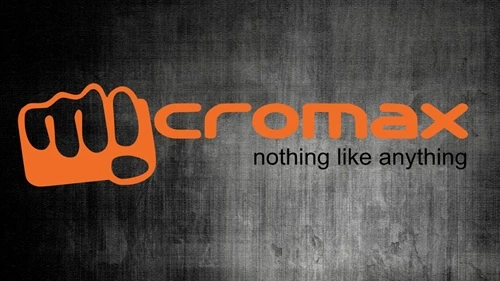
Let’s rewind to 2000. That’s when Micromax started, founded by Rahul Sharma and Rohit Patel. Initially, they were distributors for tech giants like Dell, HP, and Sony, focusing on PC hardware. But then, they shifted gears, transitioning into Micromax Software, and eventually, they dove into making mobile phones too.
- Market Cap: N/A
- Number Of Employees: 1907
- Revenue: 22,368.79 crores INR
Between 2013 and 2015, they were giving a run for the money to big players like Samsung. But, with the advent of 4G-5G tech and the surge of Chinese brands like Oppo, Vivo, and Xiaomi, they hit a rough patch. But yeah, again in 2020, they bounced back with the ‘In’ series of budget smartphones.
9. Amrut Distilleries
Did you know Amrut Distilleries was started back in 1948 by J.N. Radhakrishna Rao Jagdale? This Indian whiskey brand is famed for its distilled beverages, especially the Amrut brand of single malt whisky, a first in India. They really hit the global spotlight when whisky guru Jim Murray rated Amrut Fusion single malt as one of the world’s best in 2010. Originating in Bangalore, Karnataka, they began with Indian Made Foreign Liquor (IMFL). Gradually, they expanded to brandy, rum, vodka, gin, and blended whisky, featuring brands like Silver Oak brandy and Old Port rum.
- Market Cap: N/A
- Number Of Employees: 1,300+
- Revenue: INR 100 cr – 500 cr
But, it’s their single malt whisky that’s garnered global fame, even though it’s just a fraction of their revenue. As a “Made in India” brand, they’ve put Indian single malt on the world map, big time.
10. Asian Paints
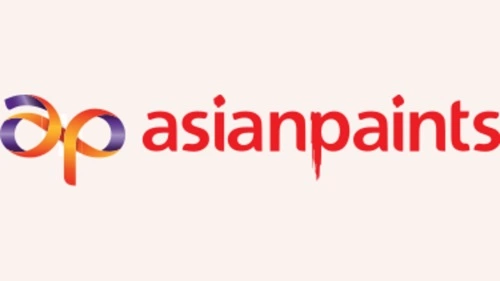
Started on February 1, 1942, by Champaklal Choksey, Chimanlal Choksi, Suryakant Dani, and Arvind Vakil, from a humble garage in Mumbai, they’ve risen to become India’s largest and Asia’s third-largest paint company. Here’s an interesting bit though, they surged in popularity during World War II and the Quit India Movement of 1942, capitalizing on the ban on paint imports. By 1967, they were the frontrunners in India. Their portfolio includes decorative paints, industrial finishing products, and coatings.
- Market Cap: 3.04 trillion INR
- Number Of Employees: 7,160
- Revenue: 34,875 crores INR
As a true “Made in India” brand, Asian Paints hasn’t just contributed significantly to the Indian economy, they’ve also set a benchmark for manufacturing in India, proving how Indian companies can make a mark globally.
Conclusion
There you have it. Remember though, there are of course dozens of other brands that support the whole Made in India thing, but these 10 are by far the most popular and successful ones in various industries. So, we decided to just cherry-pick brands from major industries in India.
FAQs
Q1. Do the employees of Made in India brands get fair wages and proper working conditions? Are the prices competitive enough?
Ans: It should be keep in mind that the this is a question that addresses the matter of affordability and ethical sourcing. In many cases, the Indian brands feel the pressure of reducing the price due to the low pricing of the International brands. This results in different kinds of compromises, the wellbeing and wages of the employees being one of them. The new age Made in India brands are trying to get rid of the problem with new processes of better and easier sourcing, smoother and low cost supply chains, and taking Government support. These steps ensure of proper ethical sourcing.
Q2. Is there any way India can create a balance between creating original products and taking inspirations from global product trends?
Ans: Today’s international atmosphere makes cultural appropriation and inspiration difficult to reconcile. Creative and innovative ideas may come from many cultures and global trends, but they must be identified. Uncredited cultural appropriation may damage organizations and individuals’ reputations. Encouraging local creativity may address this issue. Supporting artists and designers to develop their own styles helps communities grow creatively and appreciate cultural diversity. Research and development on indigenous design history may help protect and enhance cultural authenticity. Additionally, marketers and artists may collaborate with cultural experts and community members they draw inspiration from. Through cooperation, cultural knowledge is shared respectfully and communities are empowered to participate in the creative process.
Q3. Made in India brands are blamed many a times for low quality. So how it can avoid it and create premium products?
Ans: The “Made in India” label erroneously implies low quality. Premium local enterprises may struggle despite this perspective dissolving swiftly. How Indian manufacturers may overcome this and develop great products:
From raw material sourcing to final assembly, enforce quality control. Independent testing and certification build trust and establish global standards. Develop products that fulfill needs or increase performance. R&D helps you stay ahead of new breakthroughs. Make superior products using India’s natural resources and talents. Emphasize sustainability and traditional techniques to separate from mass-produced commodities. Choose Durable, High-Performance Raw Materials. Avoid short-term savings that might damage brand reputation. Study customer requirements and preferences. Customized experiences and excellent service build trust and loyalty. Clear story conveys brand excellence. These methods may help “Made in India” products become premium brands. A tale that resonates with worldwide aspirational consumers requires relentless quality, innovation, and customer satisfaction.
Q4. How can a Made In India brand marketing and branding effectively depict the vibrancy in culture and regional identities within India?
Ans: That question instigates responsible marketing by holding in mind the vast diversity within India. To ensure authenticity of voices and avoid representation as tokenistic, one should understand a good depth of the communities and work with different marketing teams. These are just examples, and further development can be achieved by looking at specific segments in the industry, strategies of brands, and the shifting global market landscape.
